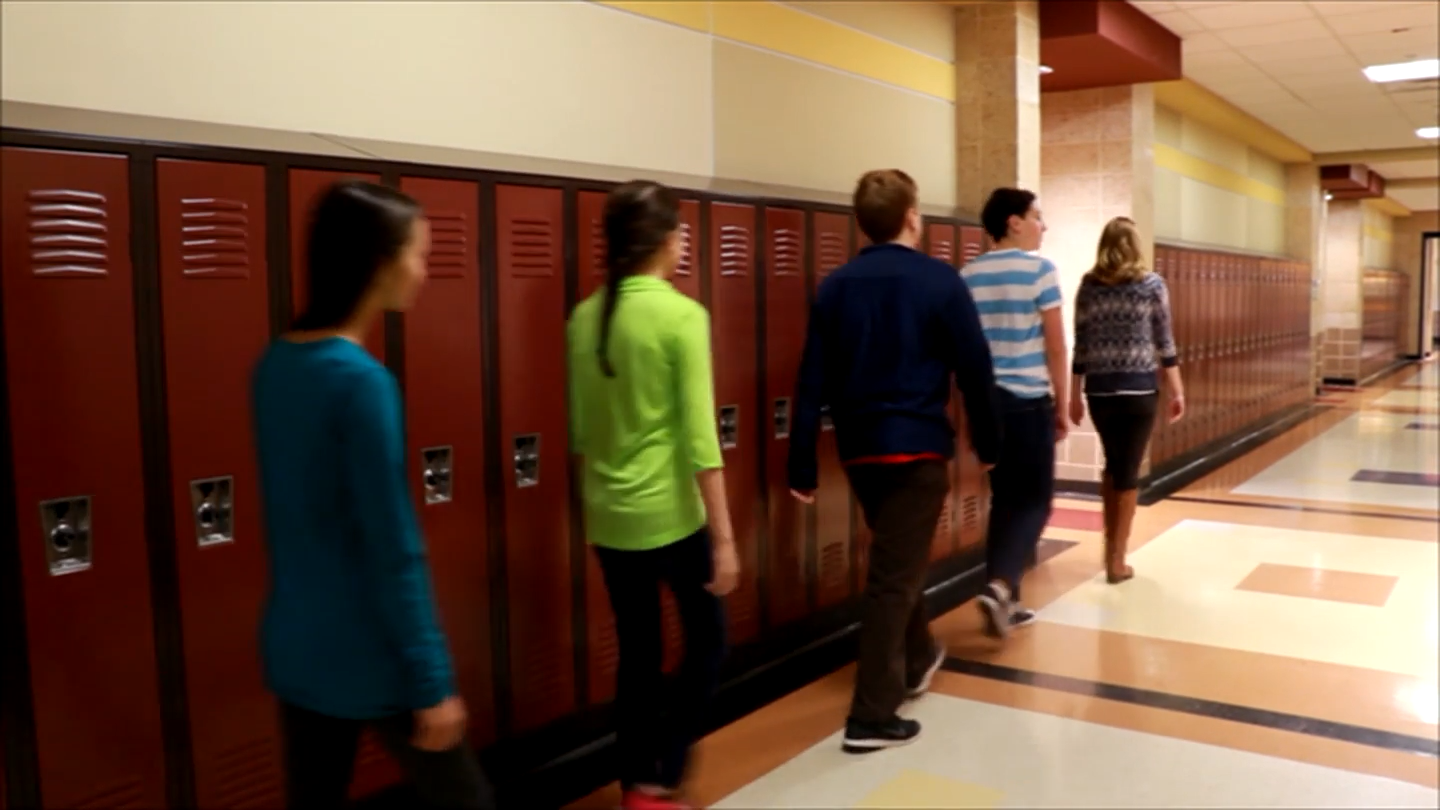
As educators, we understand the importance of fostering a positive learning environment both inside and outside the classroom. One of the fundamental social skills for elementary students is learning to walk quietly and respectfully in the halls. In this blog post, we will explore an easy-to-implement, no-prep activity that teaches students the appropriate way to walk in the halls. We will also provide discussion questions and related skills to deepen students’ understanding and encourage further exploration.
Introduction
Teaching students to walk slowly and quietly in the halls is essential in maintaining a respectful and distraction-free environment for all learners. By keeping their bodies in line with the group and maintaining a safe distance from others, students can demonstrate respect for their peers and the learning process. This simple, yet crucial skill is an integral part of Social-Emotional Learning (SEL), which aims to help students develop self-awareness, self-management, and responsible decision-making.
No-Prep Activity: The Silent Hallway Challenge
The Silent Hallway Challenge is a fun and engaging activity that requires no preparation or materials from the educator. Here’s how it works:
- Assemble your students in the classroom and explain that they will be participating in the Silent Hallway Challenge. The goal of this activity is to walk from one end of the hallway to the other without making any noise or disrupting other classes.
- Divide the class into small groups and assign each group a designated starting point in the hallway.
- When you give the signal, students will begin walking slowly and quietly, keeping their bodies in line with the group and maintaining a safe distance from others.
- As students walk, observe their behavior and provide positive reinforcement for those who are demonstrating appropriate hallway etiquette.
- Once all students have successfully completed the challenge, gather the class together to debrief and discuss their experiences.
This activity not only teaches students how to walk respectfully in the halls but also encourages self-regulation, teamwork, and focus.
Discussion Questions
After completing the Silent Hallway Challenge, use the following questions to stimulate further discussions and deepen students’ understanding of the skill:
- Why is it important to walk quietly and respectfully in the halls?
- How does walking quietly in the halls show respect for our classmates and teachers who are working in their classrooms?
- What strategies did you use to maintain focus and walk silently during the challenge?
- How did it feel to successfully complete the Silent Hallway Challenge?
- How can we continue to practice walking quietly in the halls throughout the school day?
Related Skills
Teaching students to walk quietly and respectfully in the halls is just one aspect of fostering a positive school environment. Other related skills for students to develop include:
- Active listening: Encourage students to listen attentively and respectfully to their peers and teachers during class discussions and group activities.
- Cooperation and teamwork: Teach students the importance of working together and supporting one another in group projects and cooperative learning activities.
- Self-regulation: Help students develop the ability to manage their emotions, thoughts, and behaviors in different situations, including controlling impulses and maintaining focus.
- Respect for personal space: Teach students the importance of respecting others’ personal space and boundaries in various settings, such as during class transitions and group work.
Next Steps
Encourage your students to continue practicing their hallway etiquette and other related skills throughout the school day. For more ideas and resources on teaching social-emotional skills to elementary students, sign up for free sample materials at Everyday Speech. By incorporating these strategies into your teaching practice, you can help create a positive and respectful learning environment for all students.

